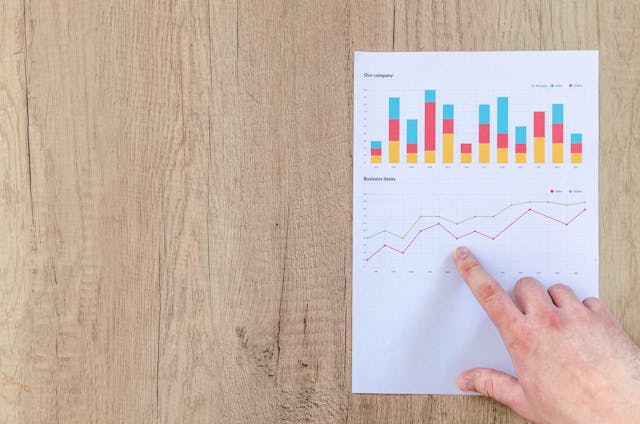Which End-Of-Lease Fees Can I Avoid With a Car Lease Buyout?
When you lease a car, you have options at the end of your lease. Generally, you can either return your car to the leasing company or you can perform what is often called a car lease buyout at a predetermined price.
However, many lessees are disappointed to find out at the end of their leases that they are facing a number of large fees that complicate their decisions. Some fees are unavoidable because you pay one fee to return your leased vehicle and you pay another to buy it. Both of these are usually a few hundred dollars.
Still, a couple fees are dependent on the condition of your leased vehicle, and these fees can be the most painful.
For some lessess, excess mileage and wear and tear fees make a car lease buyout their only good option.
EXCESS MILEAGE FEE
Most lease agreements limit the total number of miles you can drive over the course of your lease, usually 12,000 or 15,000 miles for every year you lease your car. Whether you knew about your mileage limit or not, your leasing company will likely charge you a substantial fee for every mile by which you exceed the limit. Check your lease agreement, but for most lease agreements this fee runs between $0.10 and $0.30 for every mile over your allotted mileage.
Needless to say, excess mileage fees grow rapidly, especially for lessees who are unaware of their mileage limits. For example, suppose you have a three year lease with a mileage limit of 45,000 miles and you drive your leased car 60,000 miles. If your excess mileage fee is $0.20 per mile, then you will owe your leasing company a fee of $3,000 [$3,000 = $0.20 * (60,000-45,000)] if you choose to return your car at the end of the lease.
The good news is you are not stuck with an excess mileage fee if you owe one. If you buy your leased vehicle at the end of your lease, you do not have to pay an excess mileage fee. Your leasing company will not care about your car’s mileage or condition if you buy it from them for the purchase option price (usually also known as its “residual value”) stipulated in your lease agreement.
WEAR AND TEAR FEE
The other major fee related to your leased car’s condition is the wear and tear fee. If you return your leased car at the end of your lease, your leasing company has to do something with the car, which usually means selling it. However, if your leased car is damaged or in poor condition, they cannot sell your old leased car for what they want for it – if they can sell it at all. For this reason, most lease agreements specify what type of condition the leasing company wants its cars to be in at the end of a lease. If your car is in poor shape, your leasing company will almost certainly charge you for the damages so that they can fix it up and sell it.
However, like the excess mileage fee, the only instance when you might pay a wear and tear fee is if you return your leased car to the leasing company. If you buy your leased car, then you will not pay any fees for the car’s condition.
Keeping your leased car in good condition is important, because you are essentially driving someone else’s car – your leasing company’s. However, even if you have beaten your leased car up a little or even just put too much mileage on it, you are not doomed to pay the price. You can buy your leased car for its purchase option price and avoid some of the more substantial fees.










